Car fans of all around the world are excited for the historical endurance race. What do you know about the 24 Hours of Le Mans?
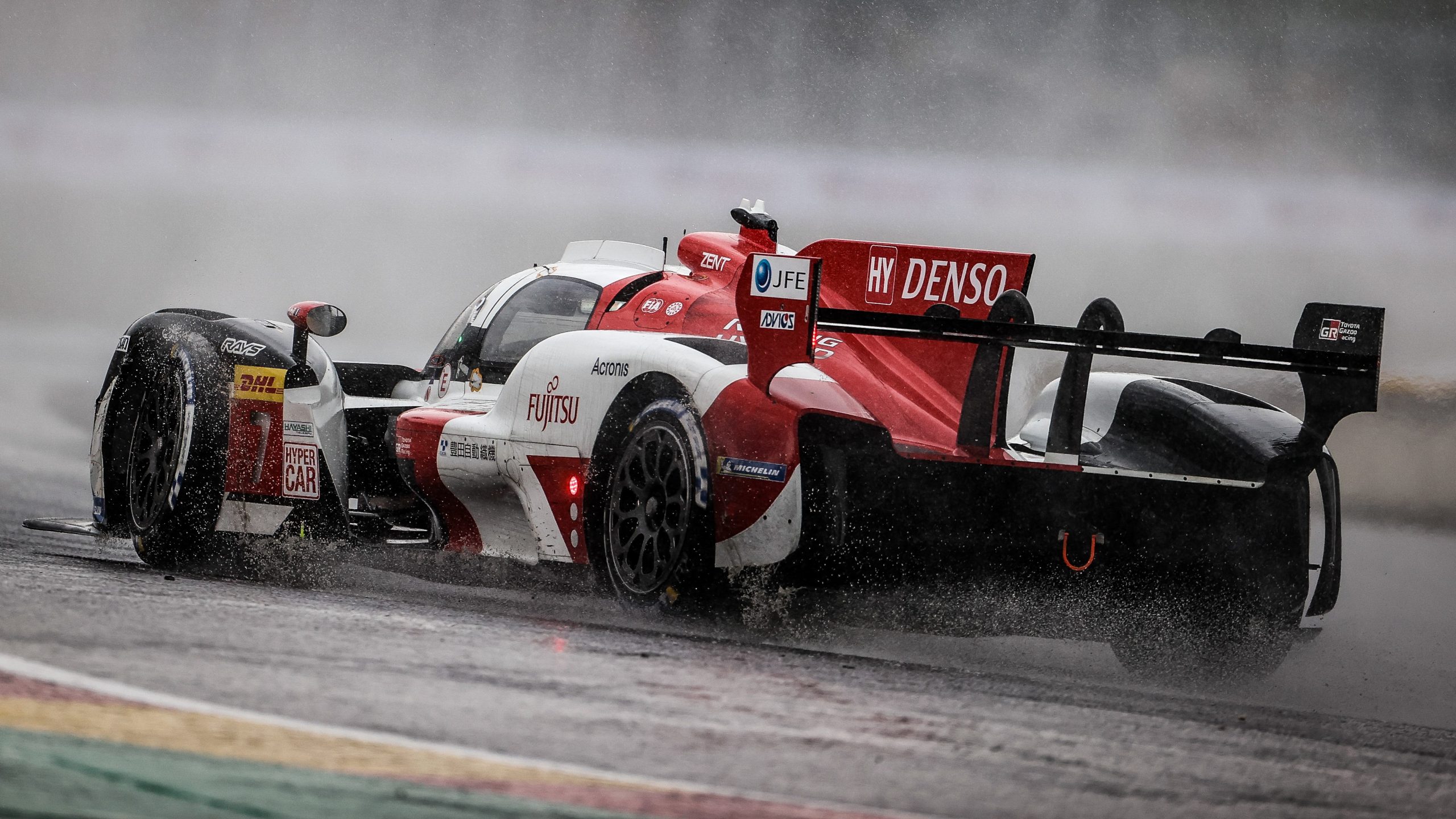
This weekend will be special for motorsport enthusiasts. We are going to enjoy the latest edition of the 24 Heures du Mans, as the French name it. This is simply the world’s oldest active endurance race, a category it helped establish in the first place. It attracts drivers from all over the world and has become part of the informal Triple Crown of Motorsport. The others are the Indianapolis 500 and the Monaco Grand Prix.
“Le Mans”, as people usually shorten, does not prioritize speed above all. Victory goes to the drivers who cover the highest distance in the lapse of 24 hours. That means the team must balance performance with mechanical resistance and driving skills; durability is more important than speed. While the history of this race can only be told in books, we are going to show the basics in time for you to enjoy its 89th edition.
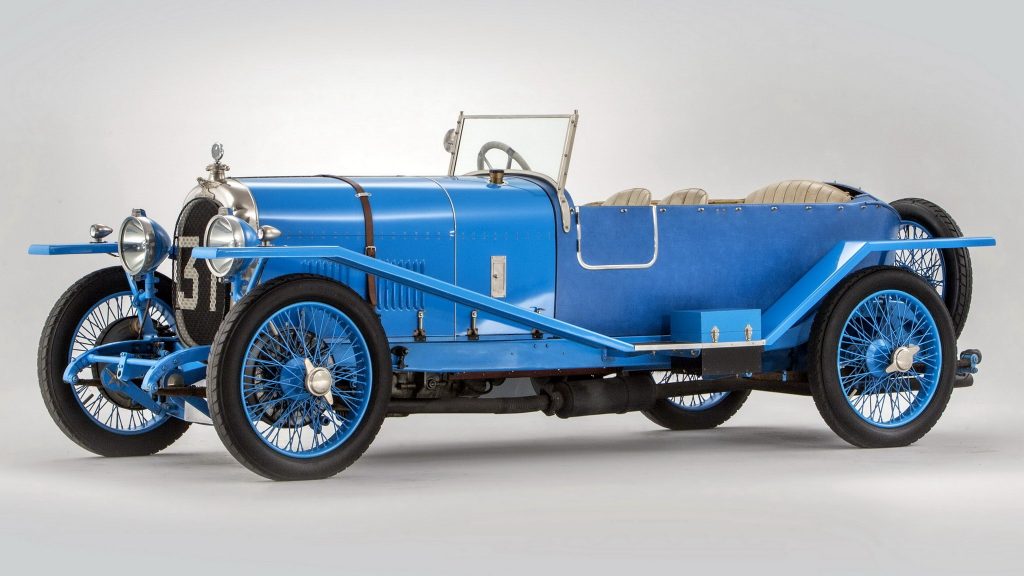
What is an endurance race?
The 24 Hours of Le Mans came to subvert the norm set by Grand Prix races in motorsport. In a few words, endurance races do the opposite: they cover the longest possible distance in a fixed duration. Companies must focus on fuel efficiency and reliability in order to keep the car running for a long time between each pit stop. Speed is very important too, of course, but comes as a result of working on those other factors.
As you can imagine, the same driver cannot drive from beginning to end. They compete in teams of two or three who switch at every pit stop. When it comes to the car, they are loosely related to city models in some categories and totally different in others. Either way, automakers are often interested in those races because many technologies developed for them eventually trickle down to their line of urban vehicles.
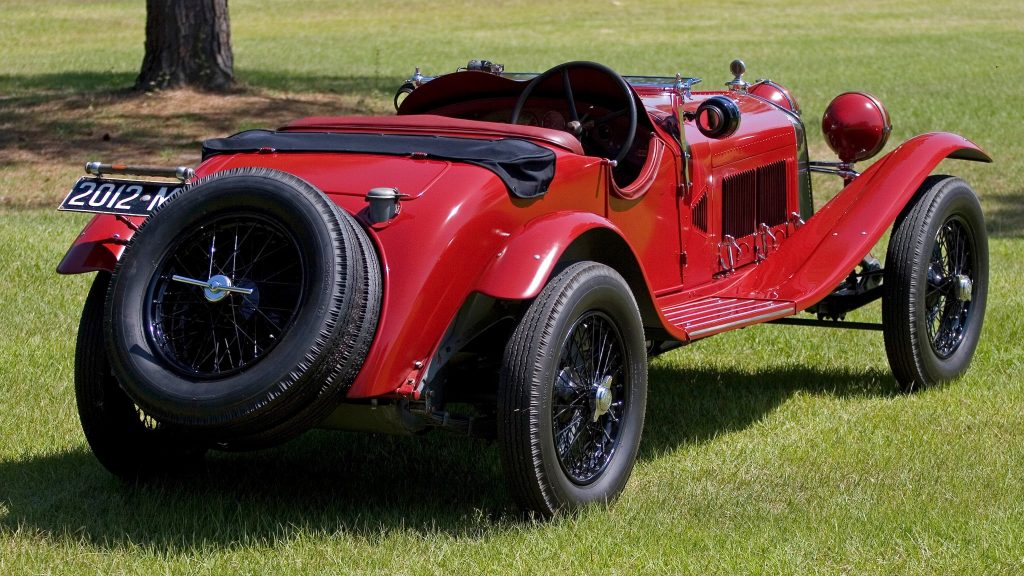
24 Hours of Le Mans
The first edition took place in 1923. It is often held in May or June, a time with hot weather in France; rain is common during the race. The race starts in mid-afternoon and, as the name suggests, ends at the same time on the following day. Although this year marks its centennial, it is at the 91st edition. It was cancelled ten times: in 1936 due to labor strikes and from 1940 to 1948 because of World War II and its aftermath.
The 24 Hours of Le Mans has gone through many changes over the years. Car categories had to adapt to the industry’s evolution. Safety concerns imposed stricter rules to protect both drivers and audience. Even the circuit went through changes to prevent excessive speeds. Ever since its inception, this race has been planned by the Automobile Club de l’Ouest (ACO), a French motoring organization established in 1906.

Circuit de la Sarthe
That name comes from the Sarthe river, which crosses the French city of Le Mans. It is a semi-permanent track: some of its roads are exclusive for the race while others are available for street use in the rest of the year. In 1932, the Dunlop curve was created to bypass city streets. In 1968, the Ford chicanes were added to slow down cars before the pits. Other chicanes appeared on the Mulsanne straight to limit top speeds.
Even though World War II ended in 1945, the ACO needed four more years to gather resources to rebuild the track. Later, it would also add smaller circuits: the Bugatti one, for example, came in 1965 sharing the pits. This secondary circuit hosts the motorcycle category of the 24 Hours of Le Mans and a round of the MotoGP. Unfortunately, some of those path changes came after serious accidents effectively happened.
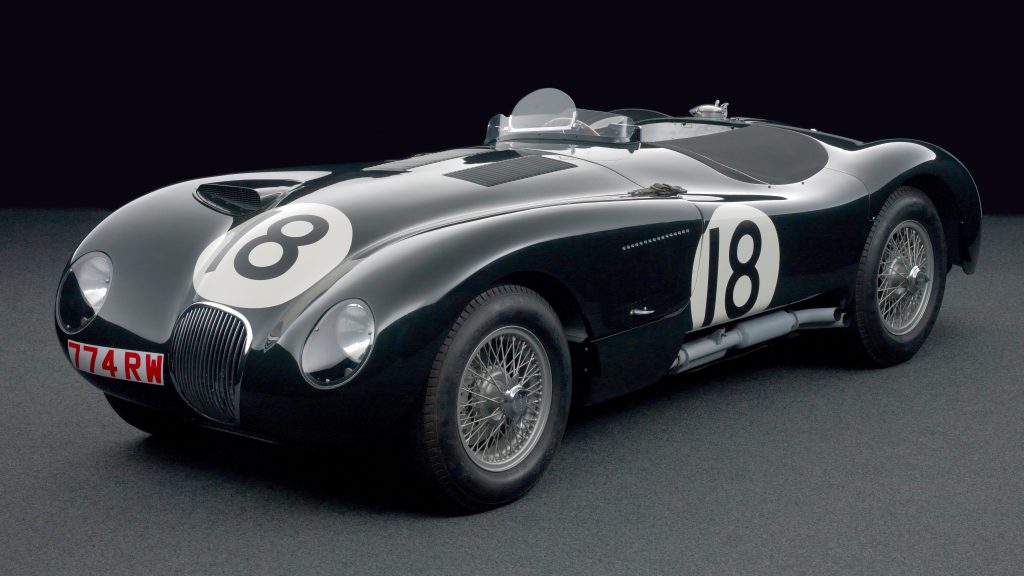
24 Hours of Le Mans Cars
The race’s category division is a beautiful symbol of how much the car industry has changed. In 1923, they considered the engine’s displacement. That division had more or less categories each year until the major change of 1974. The fuel crisis made several teams withdraw from the 24 Heures du Mans especially at the top category. In 1982, the Group C brought weight and fuel restrictions to encourage more efficient cars.
As of 2022, the competition has three main categories. Hypercar is the top one, where there are technical restrictions, but builders have a high spending limit. Prototypes is the intermediate one, with stricter rules (including four fixed options of chassis) and lower budgets. Grand Touring is the third one, whose cars are also eligible for the 24 Hours of Daytona. Each of those categories features a few internal subdivisions.
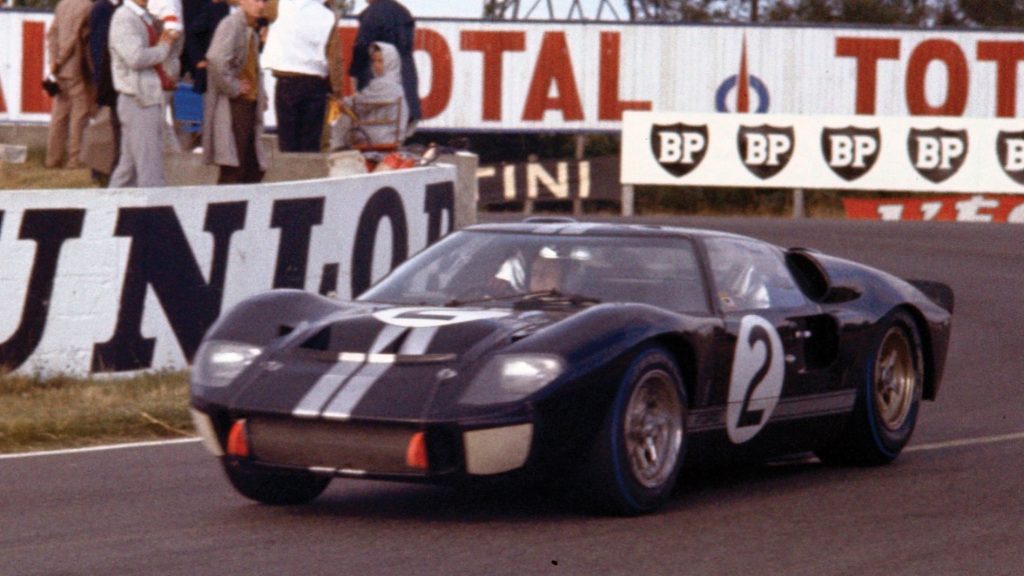
Moments of glory
One hundred years have made the 24 Heures du Mans more than a car race. We can mention high points like 1935, when ten women entered the race (a record that still stands). Or 1953, when the event entered FIA’s worldwide series and became more competitive than ever. And 1960 to 1965, a streak where Ferrari dominated the race. In 1963, Mike Parkes reached 300 kph for the very first time driving a Ferrari 250 P.
1966 was a unique year. Three years earlier, Enzo Ferrari publicly embarrassed Henry Ford II by declining a takeover deal between their automakers. Ford took revenge by investing millions to build a car to defeat Ferrari at Le Mans. The GT40 Mk II took the three top positions in 1966 and the first one in the three next years. It is said that the Italians withdrew from the race in 1973 mostly because of the new competition.

Moments of tears
Sadly, the increasing competitiveness has led the 24 Hours of Le Mans to disgrace as well. In 1955, Pierre Levegh crashed in a way that sent his car into pieces towards a spectator area, killing himself and over 80 spectators and injuring over 170. It remains the deadliest accident in the history of motorsport. Mercedes-Benz withdrew from the sport until 1989 and the country of Switzerland banned motor racing until 2023.
In 1968, Willy Mairesse lost control and crashed because his door flew open; he had multiple injuries that ended his racing career. Mauro Bianchi had a similar result after his crash made the fuel tank explode. All those incidents made motorsport organizers rethink many aspects of car races, such as altering the track and the rules. The La Sarthe circuit, for example, had its design changed several times to become safer.
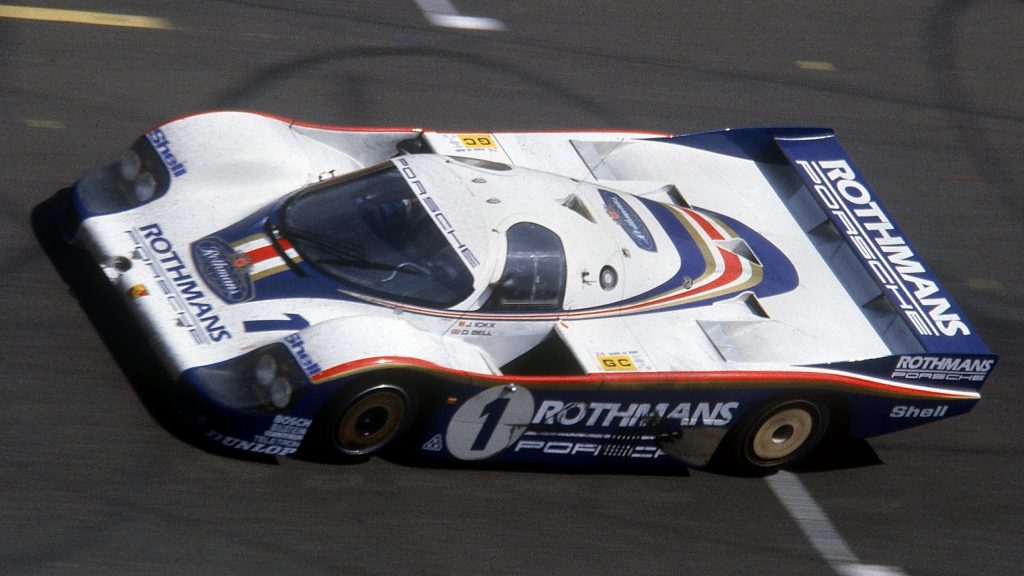
24 Heures du Mans after the oil crisis
As we mentioned, the 1974 edition had fewer competitors because of the oil crisis. Over time, they would also favor gasoline over diesel and build lighter bodies. In 1982, the Group C came with weight and fuel restrictions to make things more challenging. All those changes encouraged more teams to join, each one with its own ambitions. One of those was Mazda, the first Japanese team to win the 24 Hours of Le Mans.
Peugeot made history for two reasons. One is having finished first in 1992 in 1993 using the 905 Evo 1 Bis. The other came in 1988: the WM-P88 reached 405 kph at the Mulsanne straight, another record that still stands. That is an interesting story because the WM Peugeot team never meant to win: they built the car focusing on speed rather than endurance as it should. The car did not finish the race but set that record.

Modern 24 Hours of Le Mans
After the turn of the century, most automakers either went to other race categories or just withdrew. The 24 Hours of Le Mans also diversified with a USA spin-off. At that time, the highlight came from the Audi R8 and R10, which won 8 of the 10 editions in the 2000s. The latter is even more noteworthy for being the first diesel car to win the race. Audi’s R10, R15 and R18 and Peugeot’s 908 won with that fuel up to 2011.
In the 2010s, the race saw an increase of electrification. Porsche ended Audi’s streak in 2015, then Toyota took the crown for the first time in 2018, both of those with hybrid cars. Nowadays, the race attracts both automakers and independent teams, who invest billions to build the most resistant car. The 24 Heures du Mans has built a connection with the industry, where influence goes back and forth to make both better.

With this article, we aim to give you a glimpse of the 24 Hours of Le Mans. This competition has become one of the most influential in its segment, and draws the attention of millions of car enthusiasts all around the world. This year’s edition is going to start tomorrow and will mark its centennial. If you are planning to watch it, whether in person or through media outlets, we are sure you are going to have a great time!
Danillo Almeida has explored his passion for cars in two distinct ways. The first one is his graduation course in Mechanical Engineering, which will hopefully lead to a job position in the field. The other one is expressing his knowledge and opinions on the matter through writing. Almeida has already contributed to blogs, stores, and websites in general writing automotive content in many formats.



